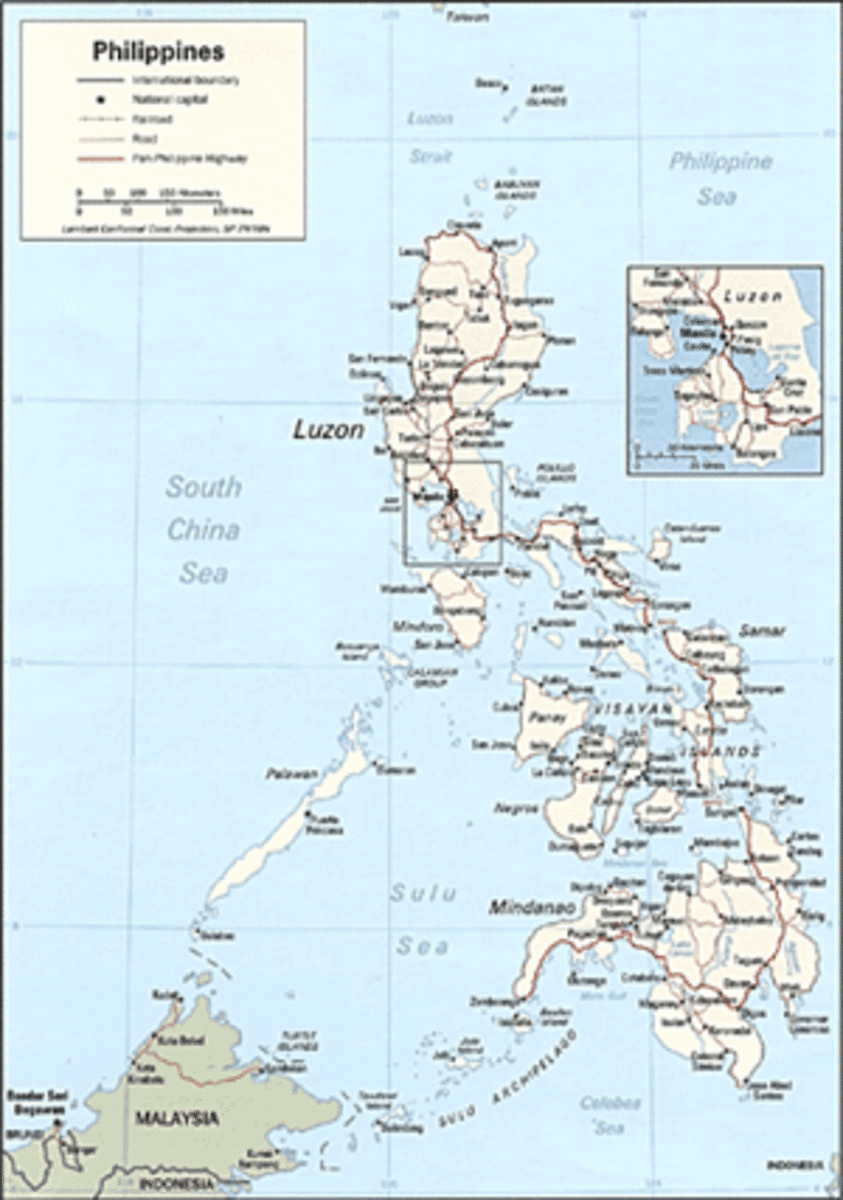How the Korean Language Relates to the Japanese
There is a common hypothesis, which states that Korean is related to Japanese. This hypothesis has gained much support due to the fact that the two languages overlap in some vocabulary while at the same time having similar grammatical features. The overlap in vocabulary, as well as the similarity in grammatical features has been espoused by different scholars such as Martin (2006) and Miller (2001).
A study undertaken by Starostin (2002) established that nearly 25% of potential cognates in the Korean-Japenese 100-word Swadesh list. On his part, Vovin, (2004) presents arguments that the variation between the Korean and Japanese language do not owe to the genetic relationship. Rather, this according to the author owes to heavy borrowing and sprachbund effect, particularly from the old Korean to Western Japanese. The Japanese asa “hemp” and the Middle Korean Sam are good examples. These words appear to be a cognate, but despite being well attested in the North Ryukyu and the Old Japanese, it only happens in compounds in Eastern Old Japanese. Furthermore, they are only present in three forms of sub dialects in the South-Ryukyuan group of dialects. On the other hand, the doublet wo “hemp” is as well attested in Southern Ryukyu and Old Japanese. Consequently, this has been presumed to be a borrowed term.
An analysis by Vovin (2010) established that the Japanese and Korean languages were similar in many aspects. A scholar in Japanese origin also first came up with a proposal in 1879 that the two languages had a common relationship. This proposal was further scrutinized by Dalby, another Japanese scholar in 2004. The scholar went on to establish evidence linking the two languages. Despite, this, a definitive proof on the connection of the two languages has not been fully provided. There is however a tendency for the historical linguistics studying Korean and Japanese languages on the genealogical relation. Nonetheless, the historical and general linguistics in both Korea and Japan have remained skeptical on this relationship. On his part, Kim, (2009) observes that whereas the typological Japanese and Korean language have a number of similarities inform of word to word translations, there are studies which have elucidated heighted variation. The author points out that this is a sign of linguistic convergence instead of divergence.
Vovin (2010) points out that one’s language and way of speaking convey a lot concerning the specific culture. Moreover, it is easy to understand one’s background by simply paying close attention to how one is speaking. As earlier identified, the entire of Chinese language constitutes of only 5 vowel sounds and more than 100 different syllables, which vary to a small extend. The syllables “AIUEO” becomes familiar even to those who are not trained when listening to Japanese man speaking. Additionally, every word in Japanese language either ends in “n” or a vowel, thus making it to pick up on the Japanese even for those who had not been exposed to the language. On the other hand, the Korean language often ends in other consonants other than “n”. The Korean syllabic and vowel system is simple and relates to those of the Japanese. However, the major difference is the increased number of consonants.
Despite the fact that both the Korean and Japanese languages originate from China, the spoken language seem to deviate from China. For instance, the China is noted for lowering or raising their intonation while speaking whereas the Korean and Japanese are not. Both the Japanese and Korean consist of uncomplicated systems of pitch-accent. Fundamentally, the pitch-accent structure of both the Japanese and the Korean are well thought-out to be the simplest possible. This is a jagged dissimilarity to additional Chinese languages that dock contour tone systems that are not simply a relative pitch between the syllables, but a pitch contours. Nonetheless, the Korean language draws much influence from the Chinese culture considering the close proximity to China and the fact that it has been its affiliate for a number of years. Consequently, the Korean words have many Chinese words when compared to the Japanese language. Moreover, the Korean resonates more to the Chinese as compared to the Japanese.
Traditionally, Korean women are mostly perceived as submissive to men. Apparently, this is observable in the day to day communication patterns. For instance, women utilize softer tones so as to minimize aggression or conflict. A married woman does not introduce herself by her name, but as someone’s wife or mother. Furthermore, occupation terms and work titles differ between the gender differences. A good example on this is the use of sajang for company president while yosajang is the name of a female president for the organization. Rising tones and tag questions are occasionally used in conversations. Two people with asymmetrical status have a tendency of emphasizing the difference in status for the purpose of solidarity. Moreover, Koreans have a preference of kinship terms while referring themselves instead of any other terms for reference. In Korean society, women are considered as lesser beings by men and the family system emphasizes on maintaining partriarchical family lines. This form of interaction is different from that used in Western societies will not bother to express power asymmetry and could address each other through the first names for the purpose of solidarity.
Humility and Modesty are among the highly regarded virtues in both Korean and Japanese societies. However, this value system is increasingly changing in modern day Korea. Apparently, different types of ‘hedges’, structural, phrasal and lexical are generally employed in defining statements. Hedges are specifically utilized by women when compared to men. They consists the most utilized politeness markers in the language of women since they soften or lessen the utterance forces. This contrasts the boosters which are used as intensifiers or upgrades which reinforces the utterance force. Moreover, ambiguous expressions or words are employed as a strategy of showing politeness more often and more often by women, rather than men. Similar to hedges, ambiguity is used in increasing modesty, thus enhancing politeness through avoidance of definitiveness. For instance, the word “chom,” which means a little in Korean are used when showing politeness.
The Japanese harbors extensive grammatical systems in expressing formality and politeness. There are different words, which are used in expressing divergent social status. The level of social status is determined by a range of factors, which includes age, job, experience and psychological state of a person for instance, one seeking a favor would tend to do so in a polite way. One who is in a lower position is expected to talk in a polite way, whereas one who is in a higher position could tend to utilize a plainer form. People who do not know each other would tend to speak to one another in a polite way.
Apparently, the polite language is an inflectional system and there are various humble and honorific alternate verbs that are used as a humble language. For instance, the word “iku” changes into “ikimasu” when used in polite form. However, it is replaced by irashary in honorific speech or mairu in expressing humbleness. Majority of the Japanese utilize the aspect of politeness as an indication of lack of familiarity. For instance, politeness is usually a form of communication for new acquaintances; however, if the relationship develops into intimacy, the parties no longer utilize polite forms of communication. This happens irrespective of social class, age or gender.
The variation between humble and honorific speech is found to be more pronounced in Japanese language than Korean language. Humble language is employed in discussion concerning oneself or group (this could be between family members or company. On the other hand, honorific language is mostly employed when describing the interlocutor and its associated group. For instance, the suffix, Miss, Mrs. and Mr. provides one example of honorific expression. It is not utilized in talking about oneself or when talking about someone else from the same group to an outside, this is because the company belongs to the speaker’s group.
For negotiations with the superior, or with other employees in relation to a particular superior, both the Japanese and the Korean men could utilize vocabularies and intonations of the honorific register when referring to the group superior together with their speech actions. When communicating with an individual from another group, that is members of an outside group; both the Japanese and Korean would tend to employ humble and plain register in reference to a speech, person or actions of a specific person. This reference would however vary according to the existing relationship whether within or outside the group between the one speaking and the listener alongside the actions of the superiors within that group. In general, the register utilized in Japanese and Korean groups when referring to a speech, actions or person of a specific individual differs according to the relationship, whether out of group or in group between the one speaking, the listener and their respective status as well as the status of the person being referred to.
For the Japanese language, the language may be made polite by simply adding o- or go- as a prefix where o is particularly employed for words having a native origin in Japan. On the other hand, go is affixed to words that have a Chinese descent. There are however a case where the prefix becomes part of the word and is used in regular communications for instance, the “goha,” which is used to mean “cooked rice’. This construction mostly implies deference in either the owner of the item or the item itself. For instance, the word tomodachi, which in Japanese means “friend” becomes o-tomodachi when used to refer to someone’s friend but with higher status. However, it is not unusual for mothers to refer to the friends of their children using this form. Apparently, one who wishes to speak politely may at times refer to “mizu,” which means water as a way of showing politeness.
Bowing may be presumed to be the same for both Korean and Japan. However, as put forward by Kiyama, et al, (2010), this feature has progressed in each nation over time. It is common for both the Koreans and the Japanese to display a slight bow during salutations and for additional formal circumstances, a deeper bow is well thought-out to be suitable. A handshake has remained a widespread way of greeting between the Japanese and the Korean and this is followed by a slight head nod instead of the traditional bow. Another observable mannerism in Japanese and Koreans is the tone and volume in their discussion. In essence, the Koreans and Japanese typically remain dissonantly silent and try to minimize their laughter as much as possible. This is unlike the typical Chinese who are not accustomed to staying quiet even in public places. It is very common to see the Chinese and Hong Kong people talking in high pitches, which is a direct contrast with the Korea and Japan.








